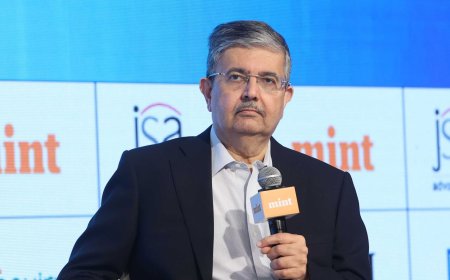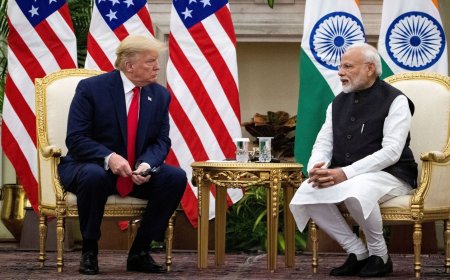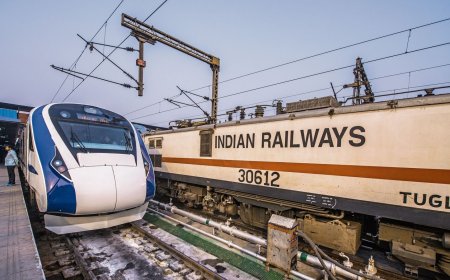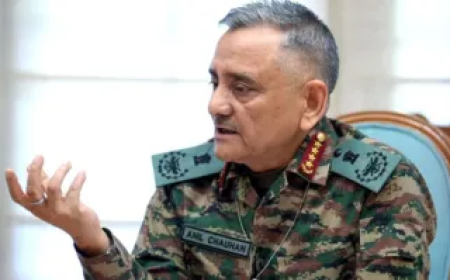Telecom Department and Regulator Clash Over Key Spectrum to Indian Railways
A growing tussle between the Telecom Department and TRAI over 700 MHz spectrum allocation to Indian Railways sparks regulatory concerns and policy uncertainty in India’s telecom sector.
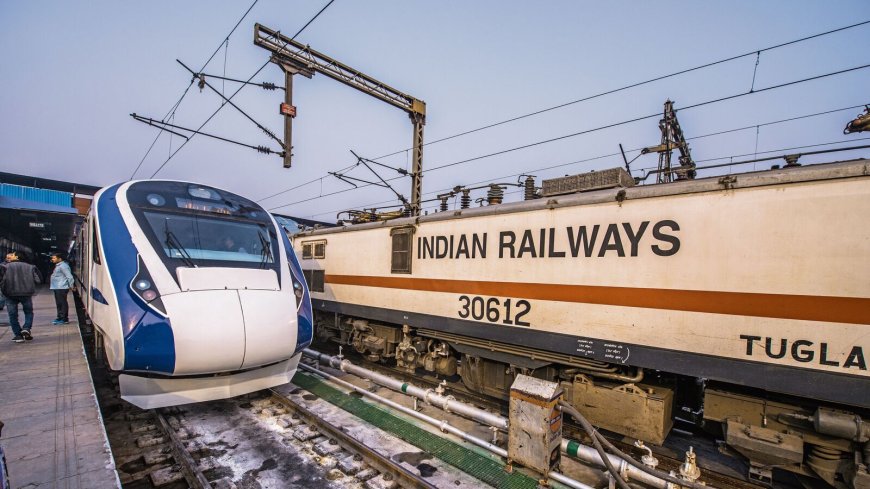
New Delhi, July 5, 2025 – A regulatory tug-of-war has emerged between the Department of Telecommunications (DoT) and the Telecom Regulatory Authority of India (TRAI) over the allocation of the premium 700 MHz spectrum band to Indian Railways. The disagreement has spotlighted larger concerns about spectrum governance, inter-agency coordination, and the strategic use of public spectrum in India’s fast-evolving telecom landscape.
The Root of the Dispute: 700 MHz Band
At the core of the clash is the 700 MHz spectrum band—a highly efficient frequency prized for its long-range coverage and indoor signal penetration. TRAI has maintained that spectrum should be allocated through auction as per existing policy, while the DoT, under pressure to support Indian Railways’ modernization, has been pushing for direct administrative allocation of 5 MHz spectrum in the 700 MHz band.
The Indian Railways aims to use this frequency to establish an ultra-modern, dedicated communication network for train control, passenger safety, and onboard services. Officials from Rail Bhawan argue that public service utilities should be prioritized, especially when national infrastructure is concerned.
TRAI Pushes Back: Upholding Auction Norms
TRAI has reportedly raised strong objections, cautioning that bypassing auction norms could set a "troubling precedent" and distort the market. In a recent communication to the DoT, TRAI reiterated that auction remains the most transparent and economically sound method for spectrum allocation, and making an exception could invite criticism from private telecom operators.
"Such administrative allocation not only undermines the value of public spectrum but could potentially erode investor confidence in the auction system," said a TRAI official who declined to be named due to the sensitivity of the matter.
DoT’s Rationale: National Priority and Public Safety
Contrarily, DoT sources assert that Indian Railways qualifies as a strategic user similar to defence services and should not be subjected to commercial bidding. “Railways is not a revenue-generating telco. The spectrum is intended for safety-critical applications like automatic train control and communications-based train signalling (CBTC), not for consumer services,” said a senior DoT official.
He further argued that auctioning this spectrum to Railways would make little sense when the ultimate goal is national safety and operational efficiency, not profit.
Industry Divided Over the Implications
The industry response to the standoff has been mixed. Telecom companies, which shelled out hefty sums in previous 700 MHz auctions, view any deviation from auction norms as a potential risk to market equity. In 2021, the 700 MHz band received no bids during auctions due to high reserve prices, and telcos are wary of inconsistent spectrum policy.
“Allowing non-auctioned access for any one player—however justified—could impact the financial models of telecom operators who base their investments on transparent spectrum pricing,” said Rahul Khurana, Telecom Analyst at Edelweiss Securities. “Clarity and consistency in policy are critical at a time when 5G deployments are still ramping up.”
However, others believe that essential services such as Railways and disaster management authorities should be granted exceptions. Anusha Rao, a telecom policy expert at Carnegie India, stated: “There should be a middle path. Perhaps a hybrid model or earmarking certain spectrum exclusively for public utilities under strict usage conditions.”
Policy Vacuum and Inter-Ministerial Coordination Gaps
This regulatory friction is also reflective of a broader vacuum in India's spectrum policy for non-commercial and critical national infrastructure. Analysts note that while commercial auctions are well-defined, guidelines for strategic or public sector spectrum use remain ambiguous.
“Unlike the US or Europe where public safety and transit systems have designated bands, India lacks a framework for such allocation. The absence of long-term policy is forcing ad-hoc decisions that lead to regulatory conflict,” said Gautam Singhania, a senior fellow at the Observer Research Foundation (ORF).
The Prime Minister’s Office (PMO) has reportedly been apprised of the standoff and may step in to facilitate consensus between the two sides.
Impact on Indian Railways' Digital Push
Indian Railways has outlined a vision to adopt European Train Control Systems (ETCS) Level 2 and Level 3 for high-speed and semi-high-speed trains. These systems require uninterrupted, low-latency communications—something the 700 MHz spectrum is particularly well-suited for.
Without assured access to spectrum, Railways’ ambitious modernization plans—including smart stations, AI-driven train scheduling, and real-time passenger information systems—could hit a roadblock.
“We are already late in catching up with global signalling standards. Every delay in spectrum allocation translates to a delay in implementation,” said an Indian Railways Board member on condition of anonymity.
Investor Outlook: Risk of Policy Uncertainty
The ongoing tussle has broader implications for investors tracking India’s telecom and infrastructure sectors. As India continues its rollout of 5G and prepares for 6G research, clarity in spectrum allocation policy is crucial for long-term investment strategies.
“Investors need predictability,” said Neha Malhotra, Director of Telecom Research at CLSA India. “Whether it’s Railways or telcos, spectrum allocation cannot be left to subjective interpretations. It’s time India creates a dedicated public utility band and codifies exceptions clearly.”
What Lies Ahead?
The DoT is reportedly preparing a Cabinet note to formalize the administrative allocation of spectrum to Indian Railways, which may be tabled in the coming weeks. However, TRAI is expected to oppose the move unless it is accompanied by a broader policy reform that distinguishes public utility spectrum from commercial use.
With pressure mounting on both sides, a resolution may require either a compromise formula—such as conditional usage or partial payment—or an overhaul of the current National Frequency Allocation Plan (NFAP).
The DoT-TRAI spectrum standoff is not just a regulatory turf battle—it’s a litmus test for India’s spectrum management maturity. How the government resolves this issue will shape the country’s telecom governance model for years to come, influencing everything from railway safety to investor sentiment and digital infrastructure priorities.
As the debate unfolds, all eyes will remain on whether India can strike the right balance between commercial interests and public good.
What's Your Reaction?
 Like
0
Like
0
 Dislike
0
Dislike
0
 Love
0
Love
0
 Funny
0
Funny
0
 Angry
0
Angry
0
 Sad
0
Sad
0
 Wow
0
Wow
0



